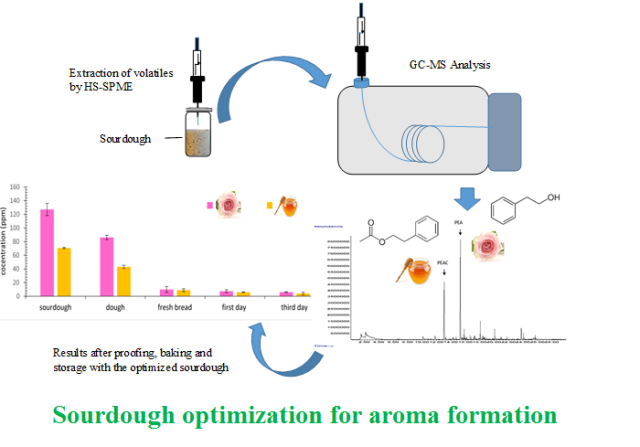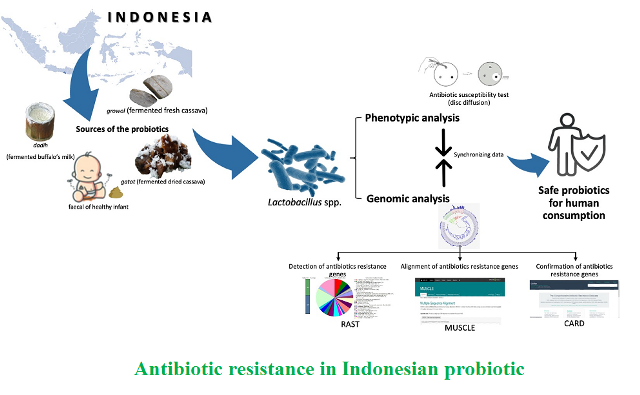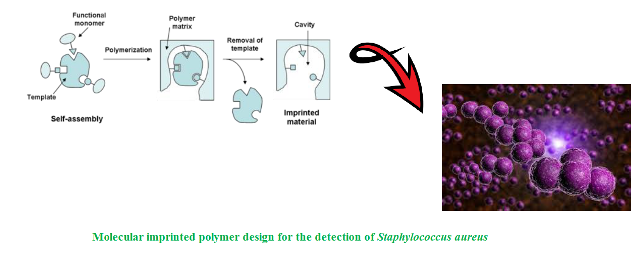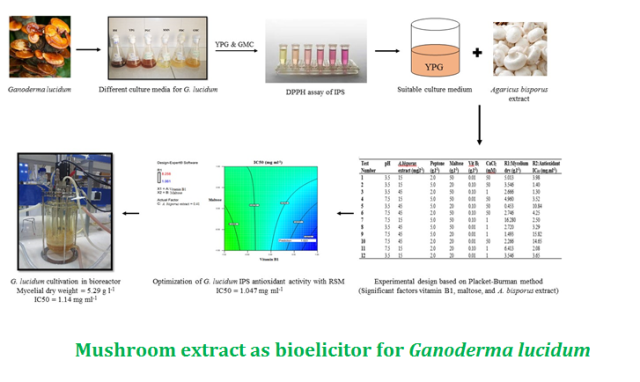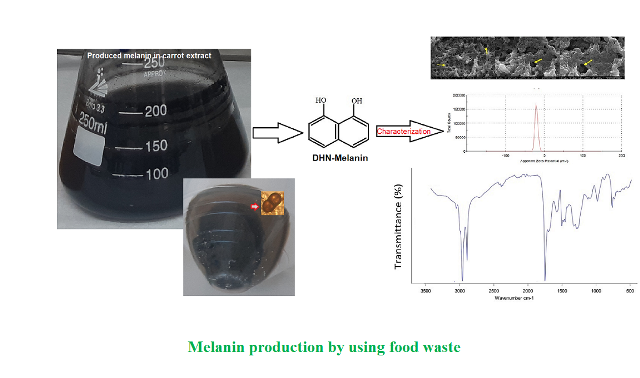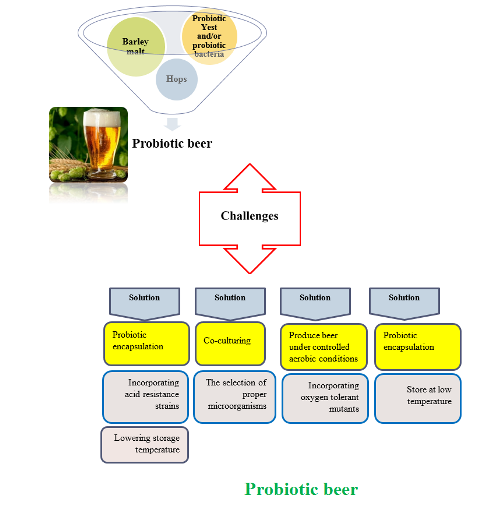
Background and Objective:
Edible film is one of the solutions for food packaging that carry antimicrobial and antioxidant compounds, usually found in Medinilla speciosa fruits. The objective of this study was to assess effects of Medinilla speciosa fruit extract on physical, chemical and bioactivity of edible films as well as effects of coating on sausage quality during storage.
Material and Methods:
The edible film included 2% w w-1 chitosan, 2% w w-1 sorbitol and Medinilla speciosa fruit extract. Variations of Medinilla speciosa extract included 0, 2.5, 5 and 10% (w w-1), while the storage temperature included 4 and 27 oC. Seven parameters of edible film characteristics were assessed, including tensile strength, elongation, water vapor permeability, antimicrobial and antioxidant activities, surface microstructure and Fourier-transform infrared response. Parameters assessed in storage treatment included total plate count, yeast mold count and thiobarbituric acid reactive substances. Data were analyzed using Kruskal-Wallis test. Organoleptic characteristics were analyzed using Friedman test and SPSS Software.
Results and Conclusion:
Results showed that the higher the concentration of Medinilla speciosa extract was, the higher the value of tensile strength, water vapor permeability and antioxidant activity and lower the elongation value were. The film control with 0% Medinilla speciosa extract was the only film that met Japanese standard for the water vapor permeability value, including 6.74 gm-2 h-1. Furthermore, shelf life of sausages coated with edible films revealed that the higher the concentration of Medinilla speciosa extract was, the lower the total plate count, yeast mold count and thiobarbituric acid reactive substances values were. Study demonstrated that the Medinilla speciosa extract edible film inhibited microbiological and oxidative damages. Oon Day 15 of storage, sausages coated with edible films with 10% Medinilla speciosa extract included lower total plate count, yeast mold count and thiobarbituric acid reactive substances values, respectively including 2.4 ±0.02 log CFU g-1, 1.3 ±0.08 log CFU g-1 and 13.38 ±0.22 mg malonaldehyde kg-1 sausage, compared to the control film. Organoleptic assessment showed no major differences in consumer acceptance. In conclusion, edible film with 10% Medinilla speciosa extract is the best physical, chemical and bioactivity film. Moreover, this film extends the sausage shelf life.
Conflict of interest: The authors declare no conflict of interest.

